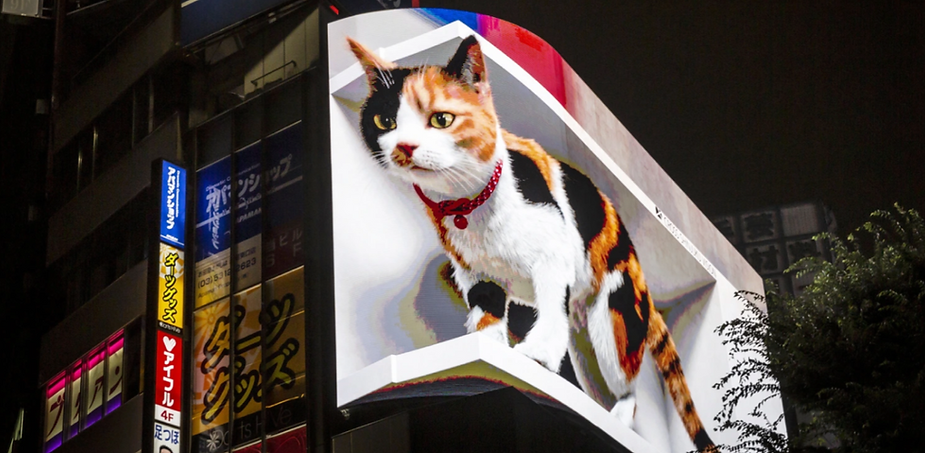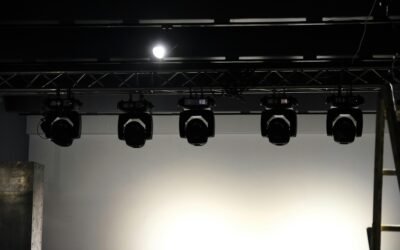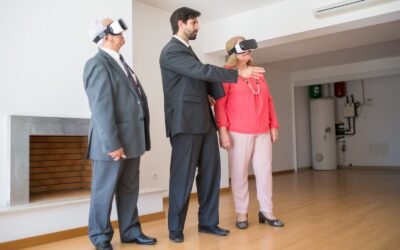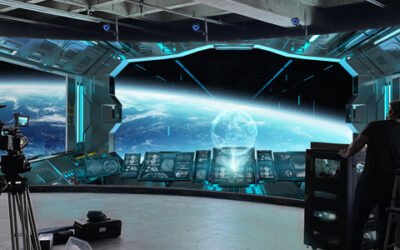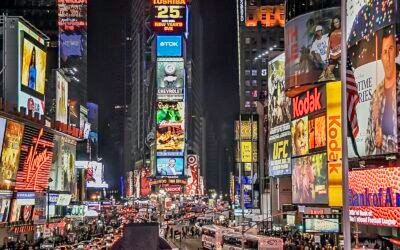Digital Out-of-Home (DOOH) advertising is a form of advertising that utilizes digital displays placed in public spaces to reach a wide audience. It involves using digital screens, billboards, kiosks, and other digital signage to deliver targeted messages to consumers. DOOH advertising offers dynamic and interactive content that can be updated remotely in real-time, making it a powerful tool for marketers to engage with their target audience. Here are different types of DOOH advertising systems and their applications:
- Digital Billboards: These are large digital screens placed in high-traffic areas like highways, bus stops, and train stations. Digital billboards can display static or dynamic content, including text, images, and videos. They are effective for brand awareness campaigns, product launches, and promotions.
- Digital Transit Advertising: This type of DOOH advertising is found in transportation hubs such as airports, train stations, and bus terminals. Screens can be placed in waiting areas, ticketing areas, or inside vehicles. Digital transit advertising can target specific demographics and is often used for travel-related advertisements, destination promotions, and transportation services.
- Digital Street Furniture: This refers to digital screens incorporated into public amenities like bus shelters, benches, and kiosks. Digital street furniture allows advertisers to reach pedestrians and commuters in urban environments. It is commonly used for localized advertising, event promotions, and local business advertising.
- Digital Retail Advertising: Digital screens are installed in retail environments, including shopping malls, supermarkets, and stores. These screens can display product information, special offers, and interactive content to influence purchasing decisions. Digital retail advertising can help drive sales, promote new products, and enhance the in-store experience.
- Digital Stadium Advertising: Large digital screens are placed in sports stadiums and arenas to engage spectators during live events. These screens can display advertisements, sponsor messages, live scores, and instant replays. Digital stadium advertising is ideal for sports-related promotions, sponsorships, and brand exposure.

